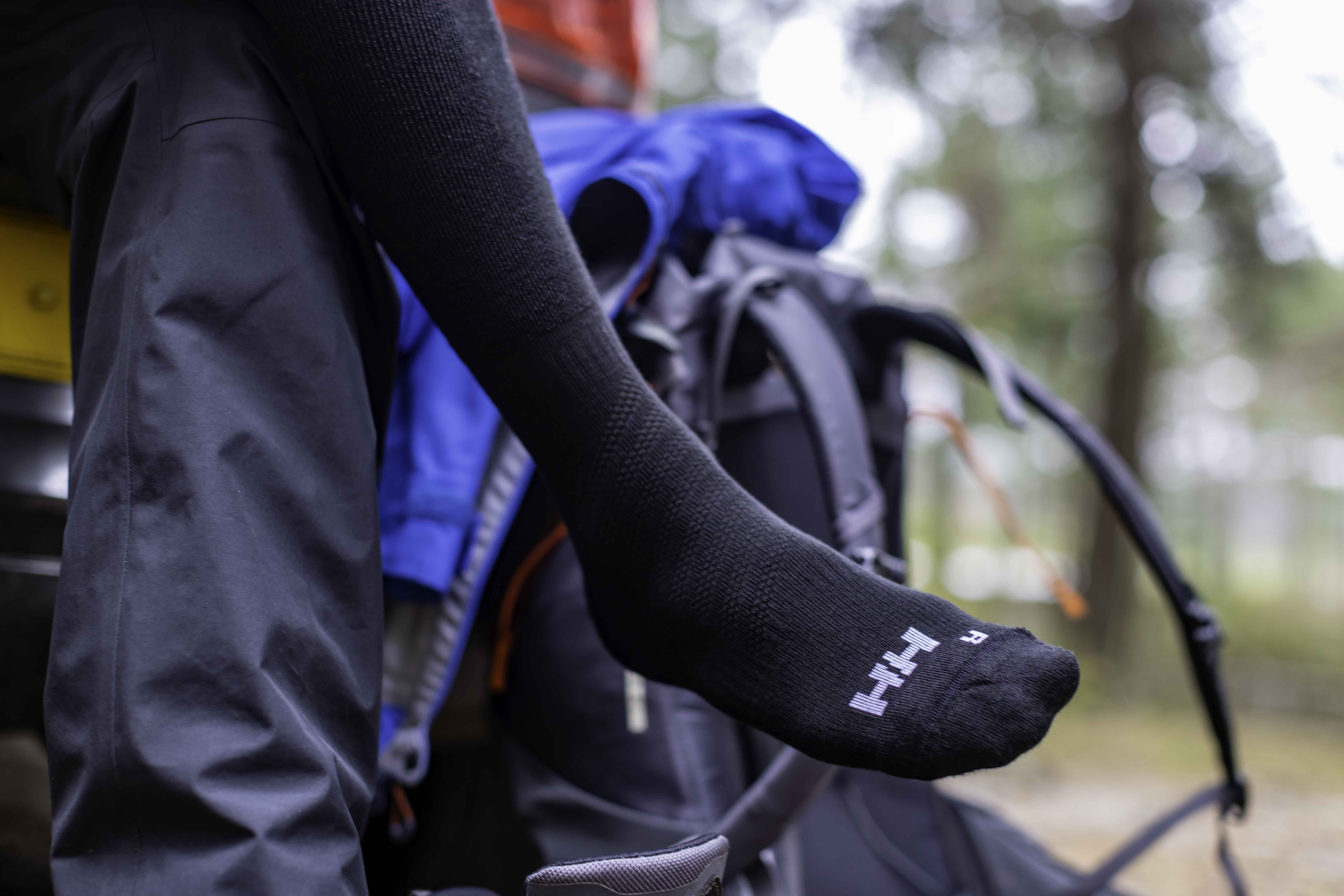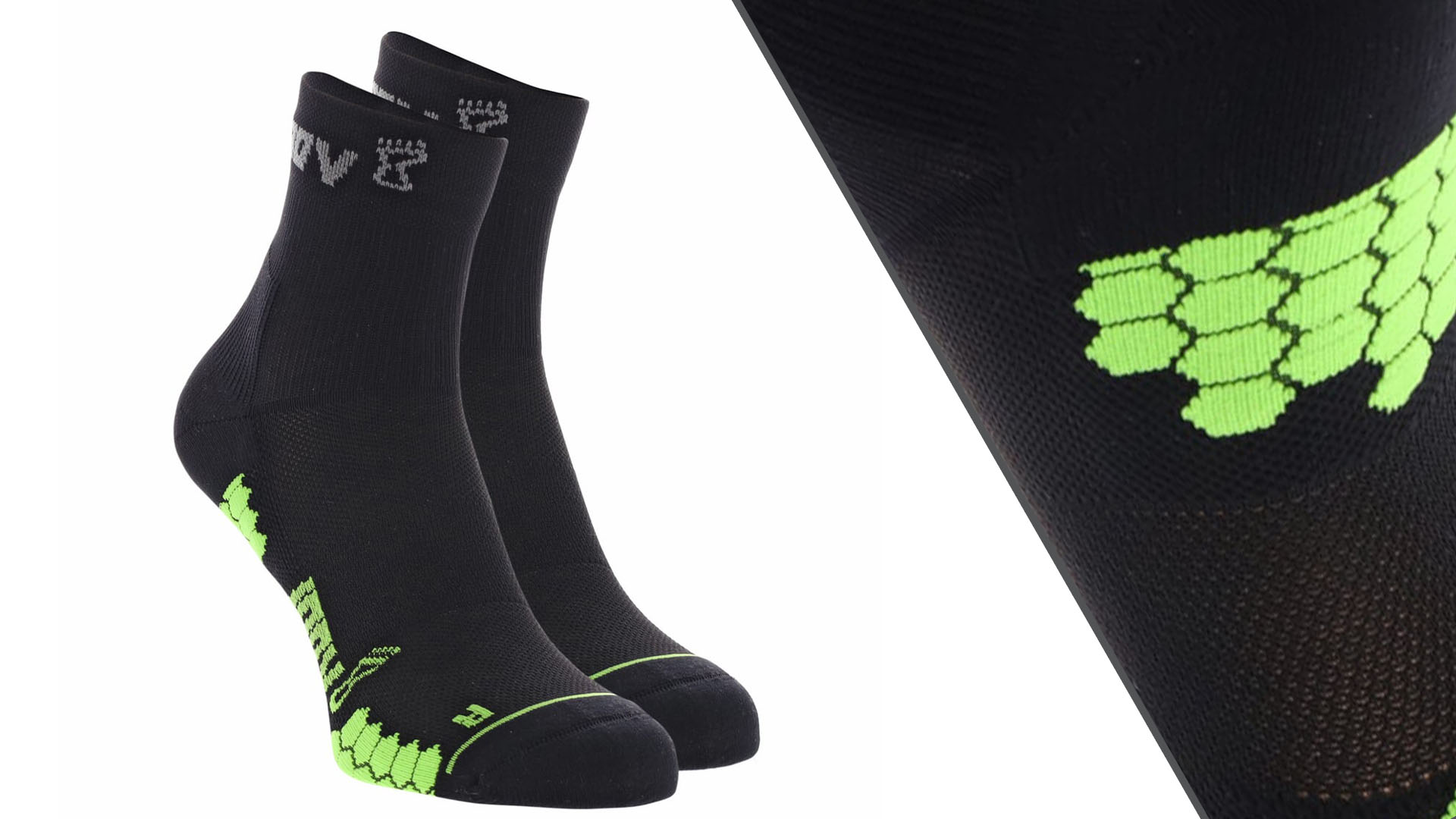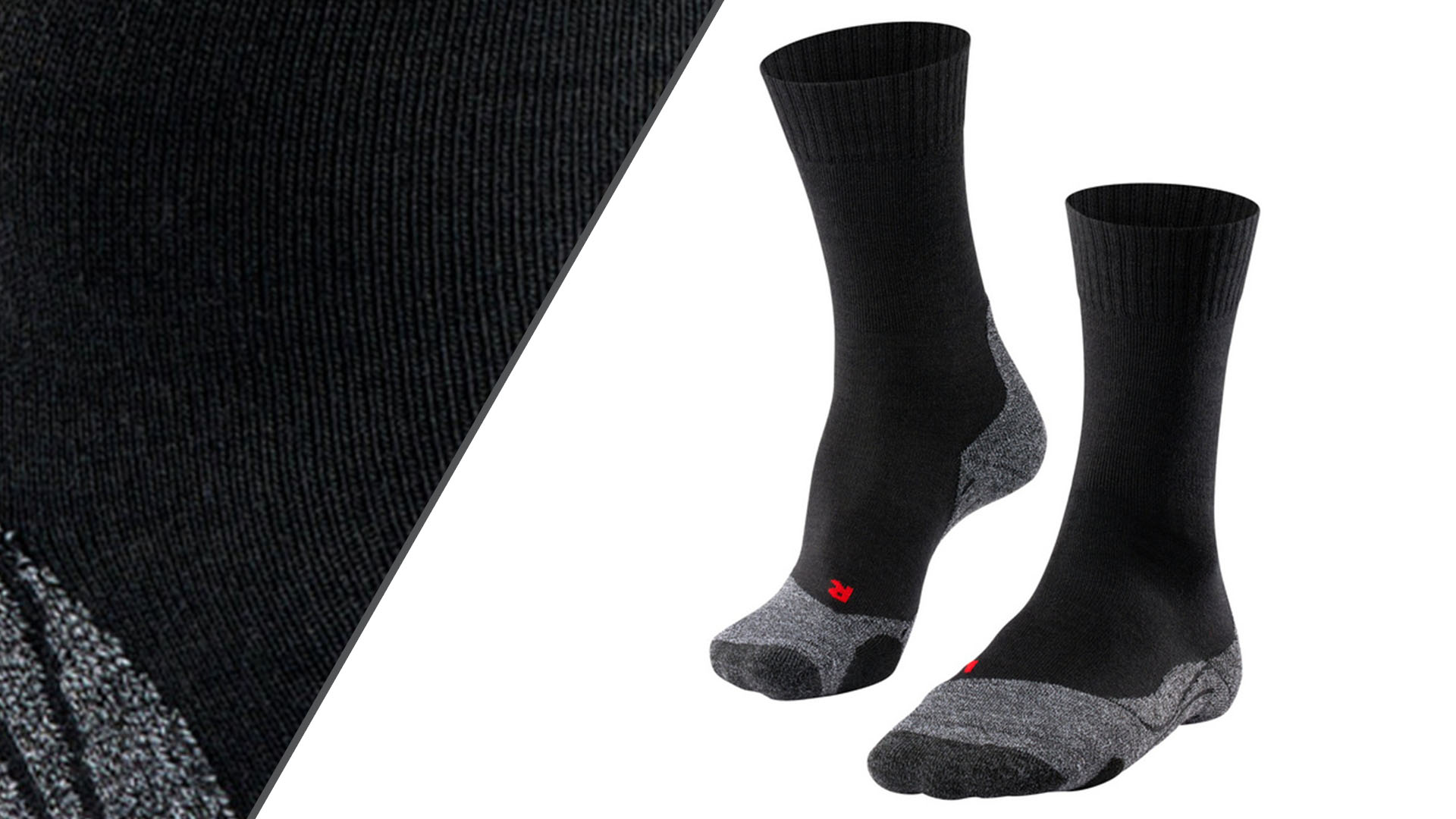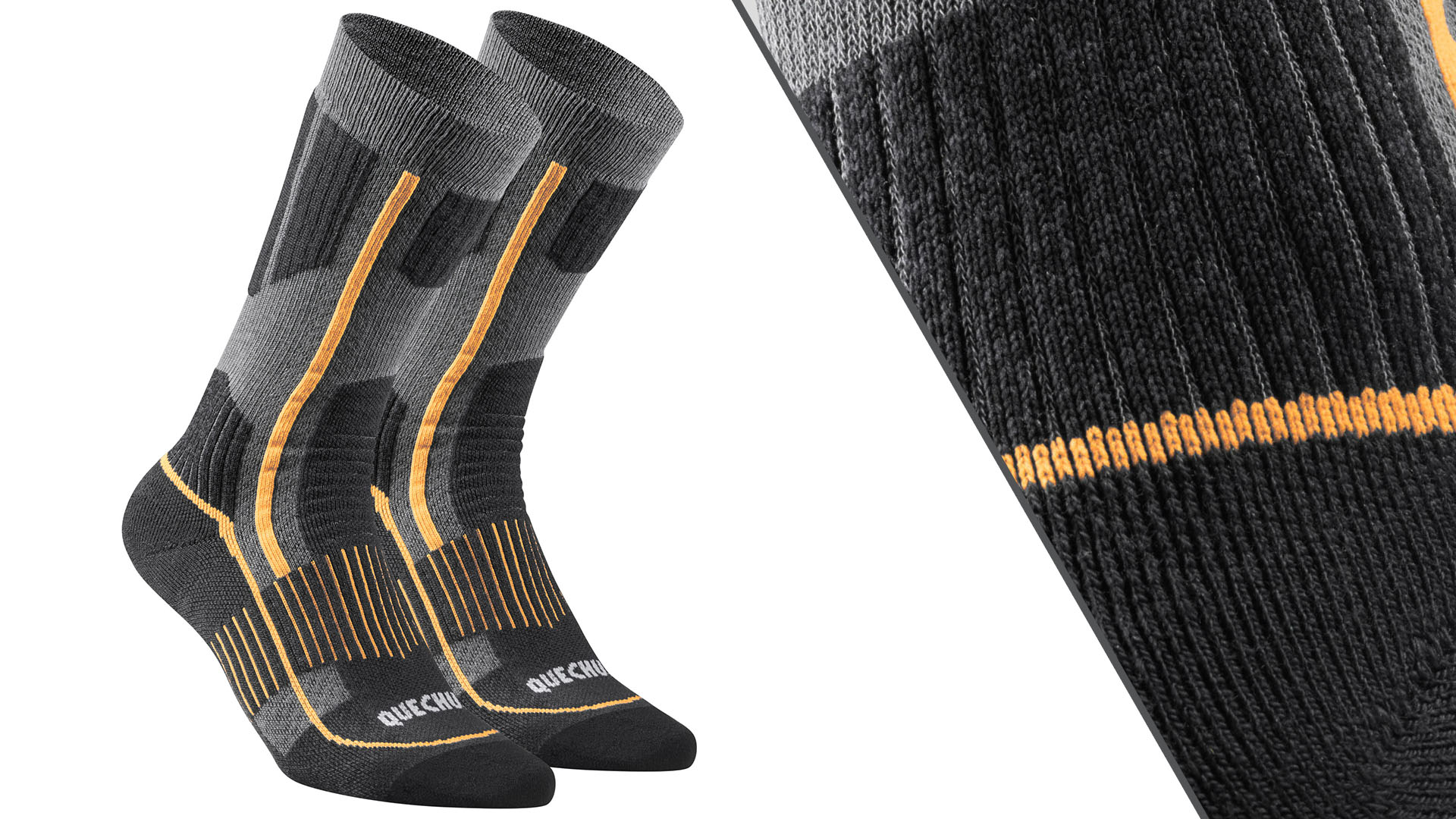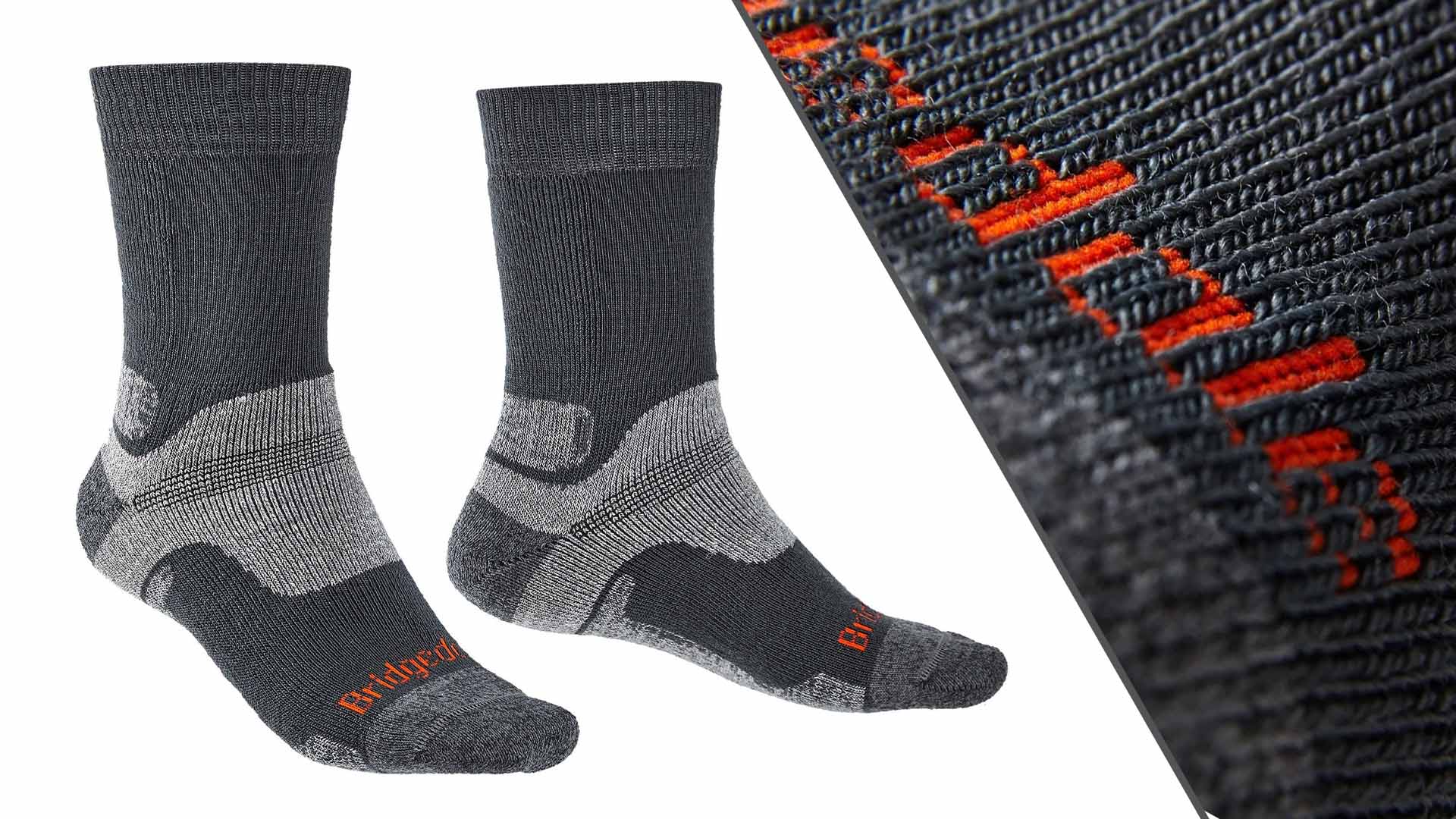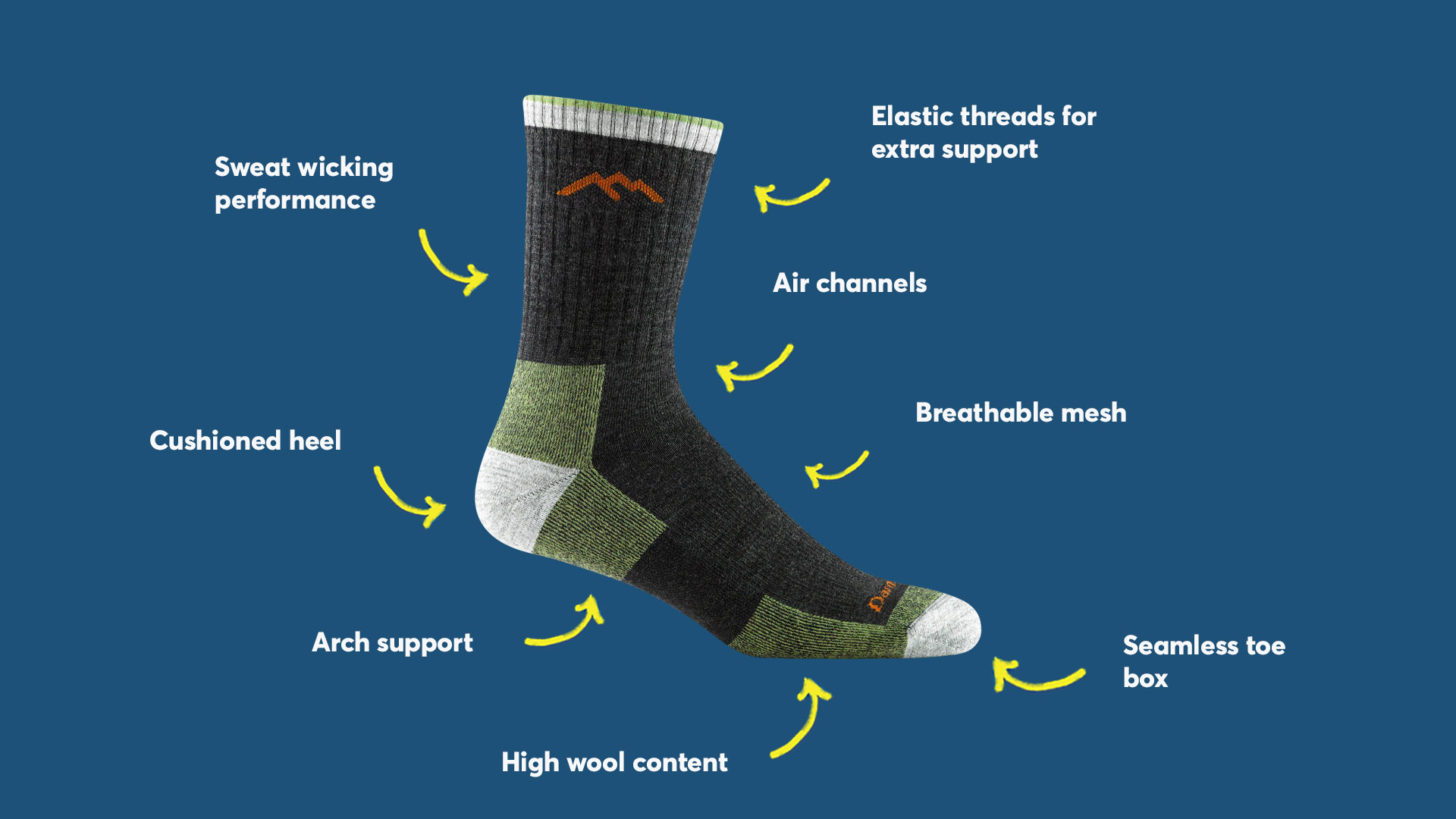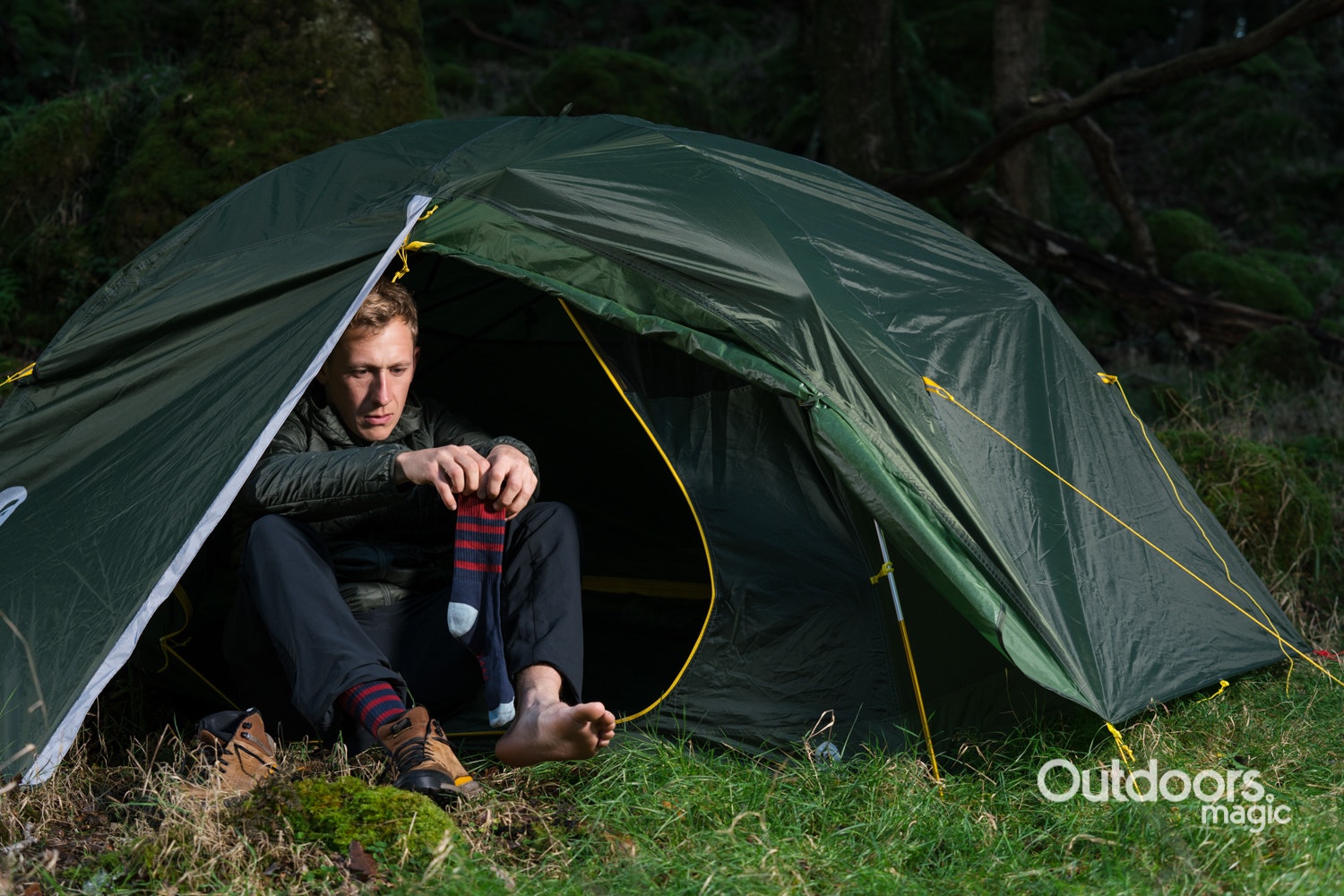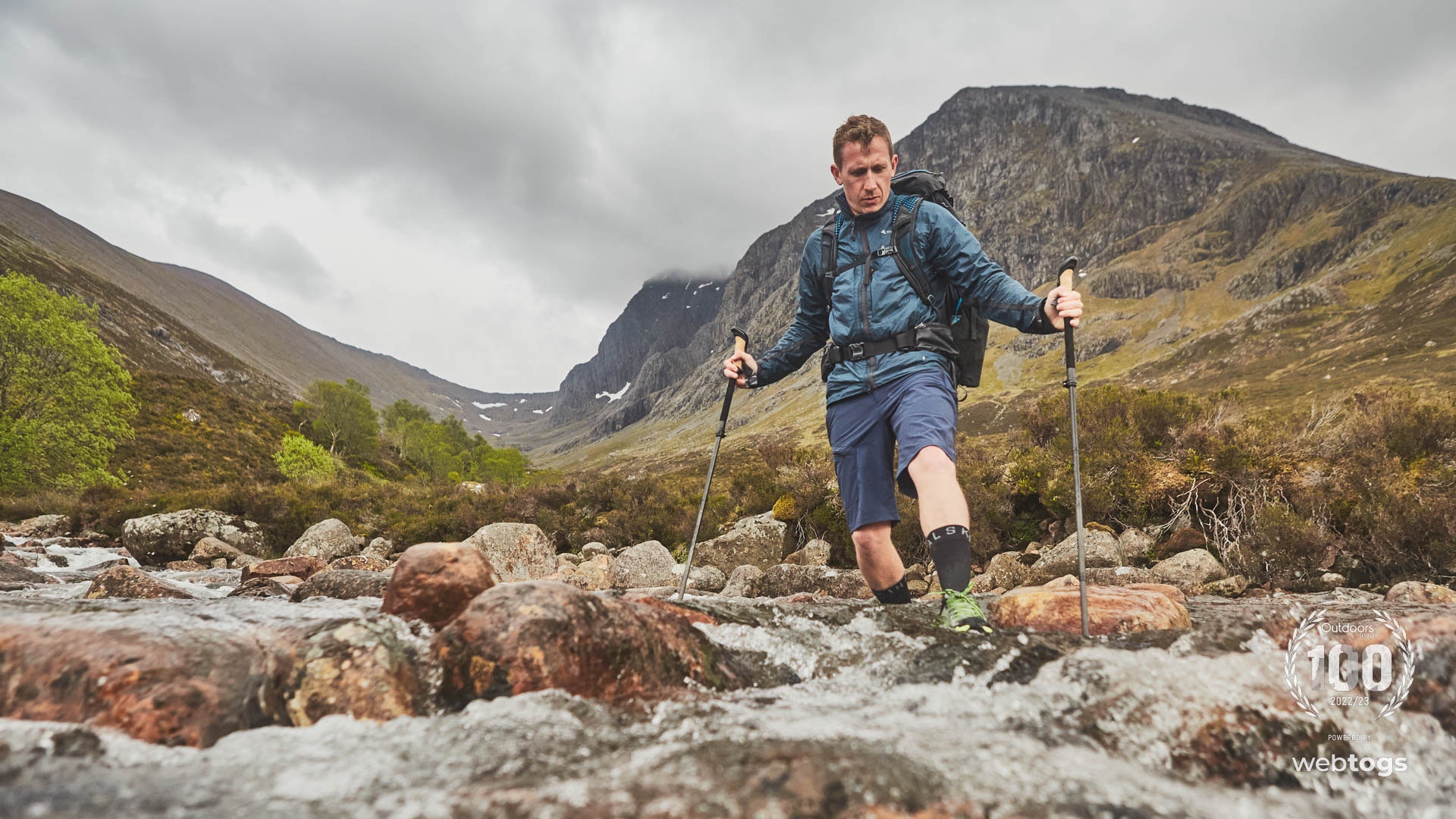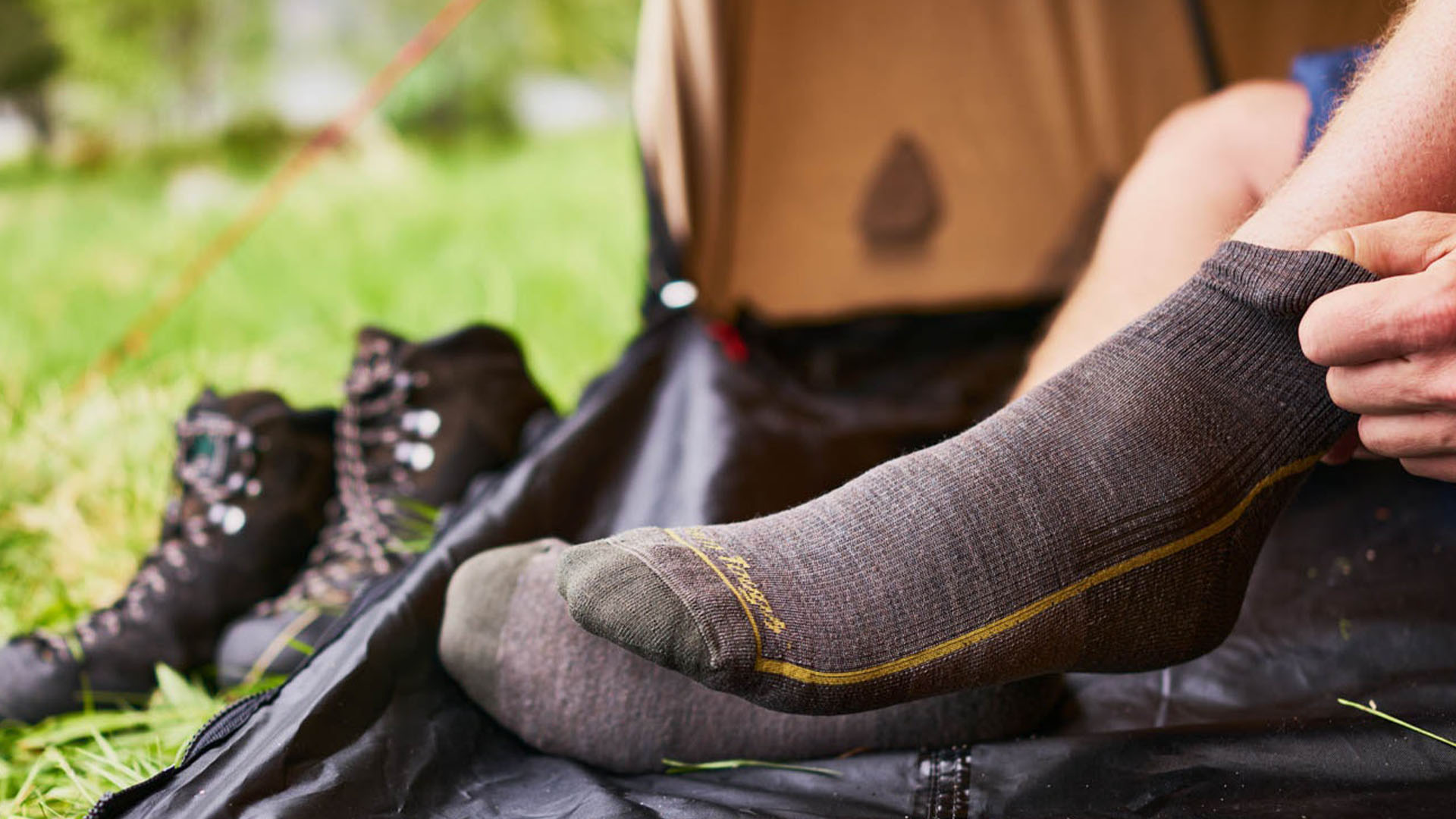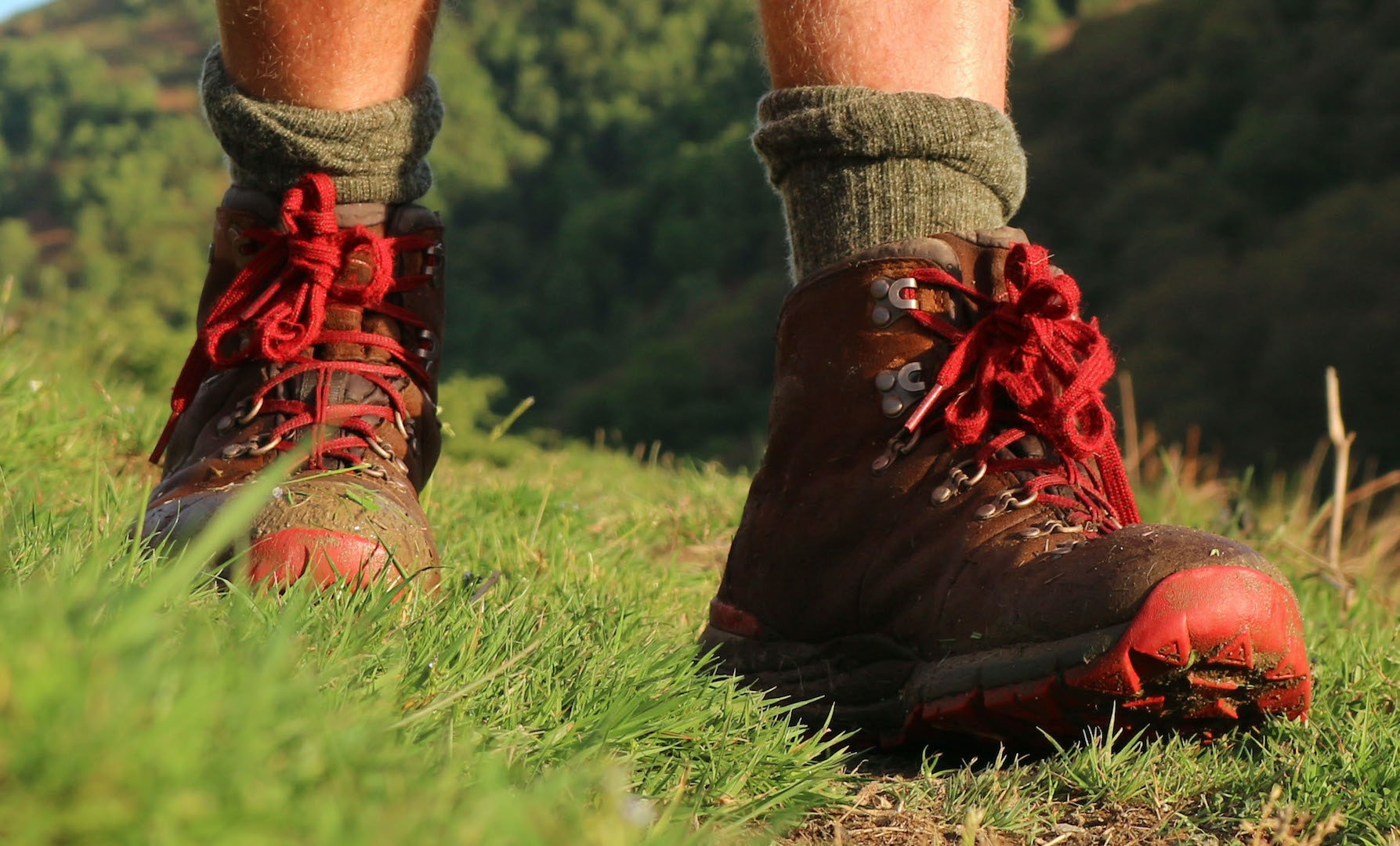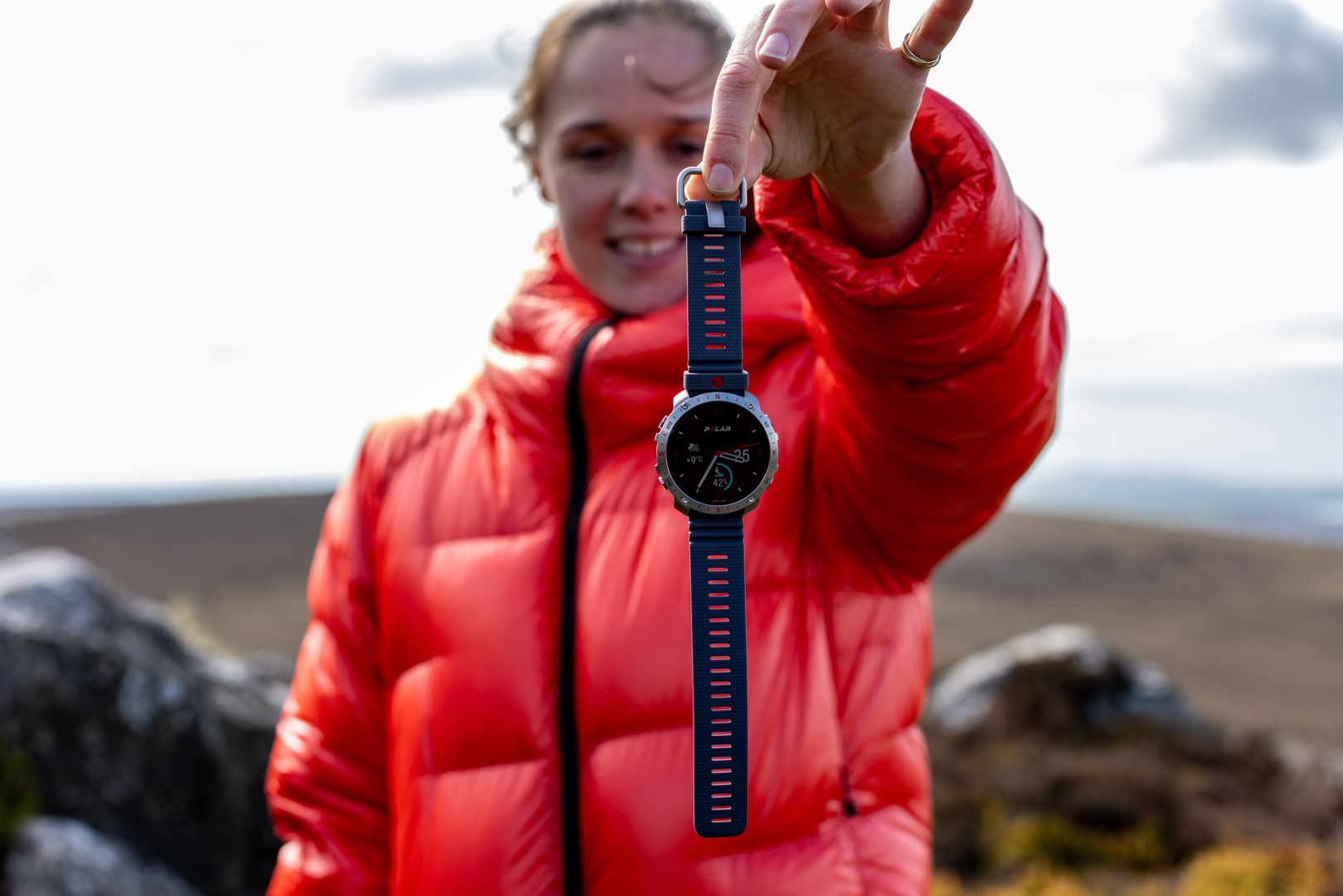Find the right pair of hiking socks and they can be the difference between excruciating blisters and pain-free hiking. They’ll keep you cool in hot weather and warm in cold weather, they’ll manage moisture when you sweat, they’ll provide support to your arches and ankles and prevent rubbing in potential flash points. They can, it’s fair to say, make or break a day out walking on the trails.
But how does one find the perfect pair of walking socks? It can be tricky, that’s for sure, especially given there’s a bewildering amount of choice out there. Have no fear though – we’ve got you sorted. We’ve been testing socks for years and years here at Outdoors Magic with dozens of pairs assessed since our foundation in 1999, and we’ve compiled our research into this list of the 10 different pairs that we rate, covering all different types of options, including socks for light trails and socks for backpacking through to socks for mountaineering and winter use.
Looking for a pair of walking boots too? We’ve compiled a similar test, assessing the best walking boots on the market at the moment.
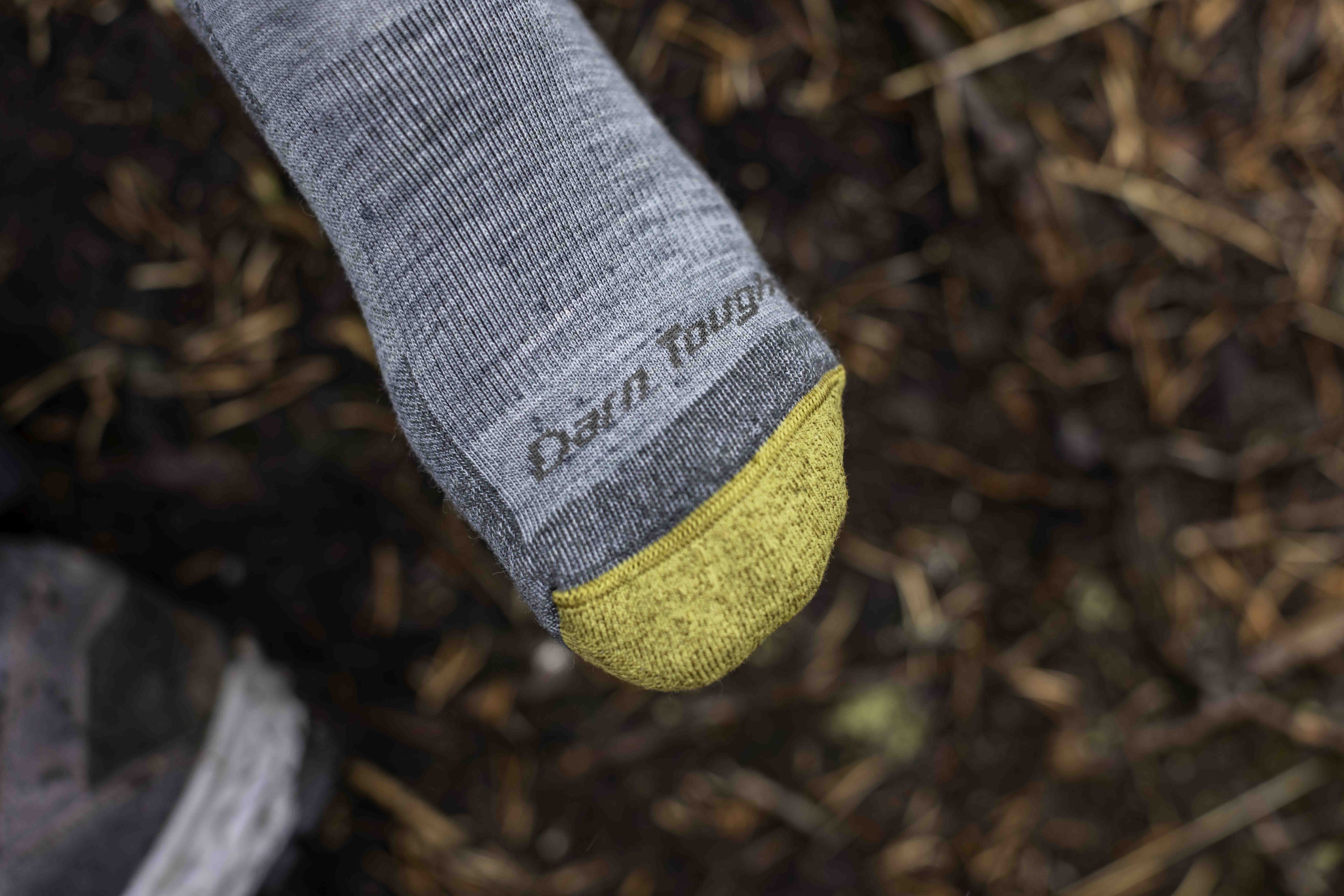
Our Team’s Hiking Sock Picks
What should you look for when buying your next pair of socks? This group test highlights the best hiking socks around, comparing features, performance and overall value.
-
Best Overall Hiking Sock: Darn Tough Hiker Micro Crew
-
Best Sock For Warmth: Helly Hansen Technical Alpine
-
Best Budget Hiking Sock: Craghoppers Explore
-
Best Multi-Sport Sock for Hiking and Running: Inov8 Trailfly
-
Best for Long-Distance Hiking: Falke TK2
-
Best Waterproof Sock: Sealskinz Briston All Weather
The Expert
I’ve been reviewing outdoor gear for various outdoor magazines for over 10 years and in that time I’ve served on the juries for the ISPO Awards, Scandinavian Outdoor Awards and the OIA Awards in the UK. I’m primarily a hiker and got my first gig as an outdoor journalist after writing about one of my first big adventures when I walked the 1000-mile perimeter of Wales. I can tell you that I got through a lot of hiking socks on that trip. Since then, I’ve gone on to tread plenty more long distance trails, including the Cambrian Way and West Highland Way, and I dabble in a bit of trail running too.
How We Tested The Products
I personally tested all of the socks you can see here on this page. There were actually a lot of other socks tested but they didn’t make the cut – so what you see here is my curation of the best options I’ve tried. The process of selection goes back three years, though you can rest assured that all of the socks that have been chosen are still available on the market.
In my tests, I put at least 20 days of hiking into each pair of socks, usually with a heavy hiking backpack. The winners, for example, were worn on hikes within the Cairngorms of Scotland. Others were worn on my various adventures in my homeland of Wales and also in the Lake District, Peak District and on dog walks with my Border Terrier on the Wiltshire Downs. I wear hiking socks just day-to-day (because why not?) and therefore all of these socks have just been generally lived in over the past few years.
With each pair I look for comfort, obviously, and I also assess their durability, warmth, wickability, breathability and drying time. Then there’s the smell test too. Fortunately, all of the socks that I selected for this round-up passed there!
1. Darn Tough Hiker Micro Crew
Best Merino wool walking sock: This was the top pick overall in our tests
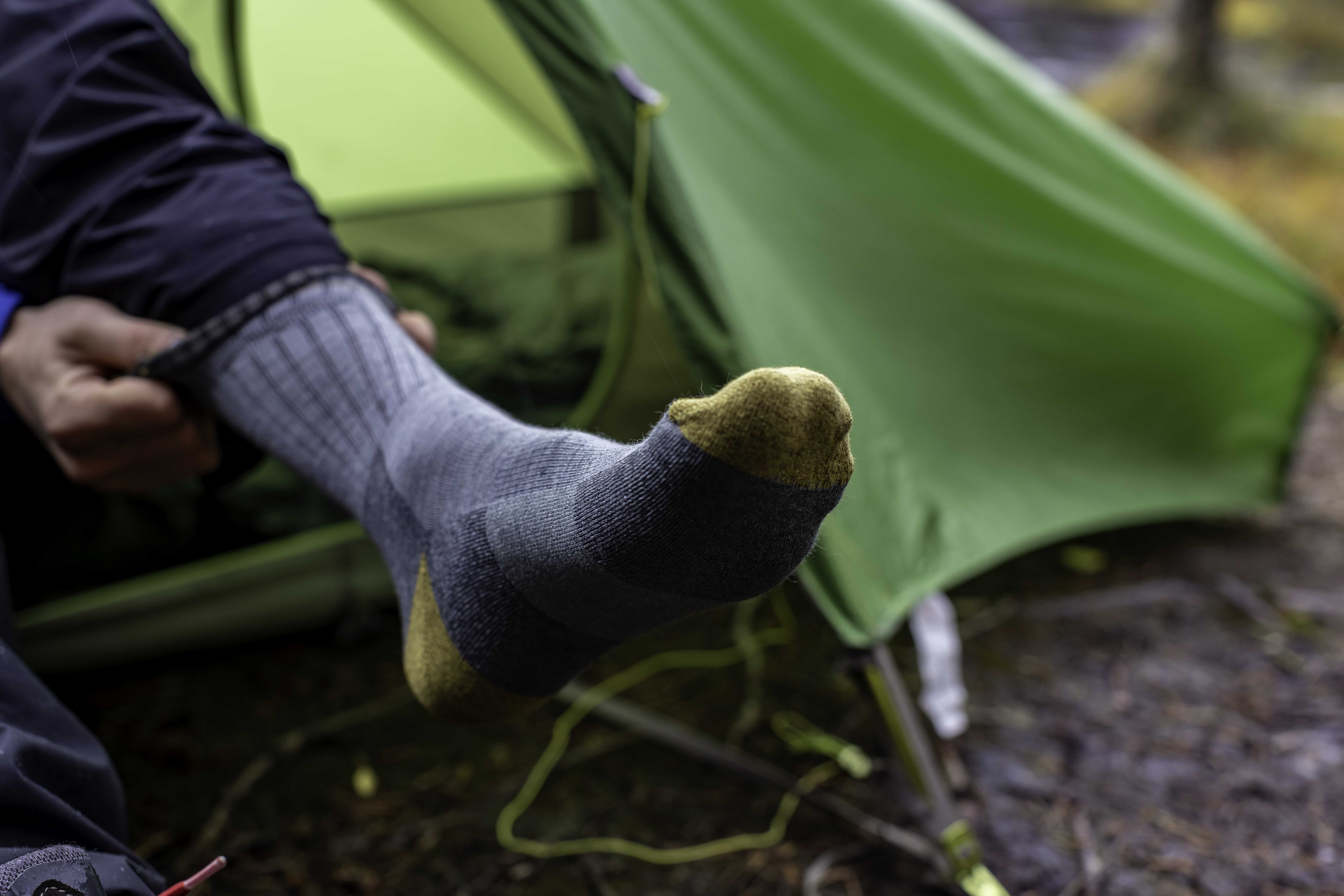
Price: £28
Weight: Midweight
Cushioning: 3/5
Warmth: 3/5
Best for: Three-season hiking, backpacking, day-to-day wear
The first and most important thing to know about Darn Tough is that they offer an excellent lifetime warranty on their products. If you have any kind of problem with them, you can simply swap them out for a new pair – no receipt needed. There’s a lot to admire there.
We’ve tested out a lot of Darn Tough’s socks here at Outdoors Magic over the years and we can confidently say they’re one of the most reliable sock brands out there. Our favourite pick from them chops and changes quite regularly, but right now it’s the Hiker Micro Crew that’s top of the pile.
It’s the durability, fit and comfort that has impressed us and with its 61% Merino, 36% Nylon and 3% Lycra construction we find it has just about the ideal blend of materials that we look for. Our testers generally find that it’s possible to wear these socks for a couple of days without smell building up. They also dry reasonably quickly.
Having tested the Hiker Micro Crew quite extensively now, it’s remarkable how well the material has held up. After weeks of wear, you genuinely do still get that “new sock feeling” when you pull these on after each time they’ve been in the laundry.
Full Specifications
Micro crew height / midweight / 21.5cm average from heel to cuff / anti-slip fit / Merino wool / made in Vermont / lifetime guarantee / available in men’s and women’s versions and multiple colours.
Selected for the Outdoor 100 2023/24. Read our full Darn Tough Hiker Micro Crew review.
Buy the Darn Tough Hiker Micro Crew: £25 at Alpinetrek.co.uk
2. Sealskinz Briston All Weather
Best waterproof sock: This came out tops out of the waterproof socks we’ve tested recently

Price: £23
Weight: Midweight
Cushioning: 4/5
Warmth: 4/5
Best for: Three-season hiking, backpacking
Sealkinz are one of only a small handful of brands that have managed to crack the art of waterproof socks. We began testing these for our Outdoor 100 back in 2022 and since then we’ve had good use out of them – and the waterproofing has held up.
Related: Best Trekking Poles
Related: Best Waterproof Trousers
They feature a waterproof hydrophilic membrane that’s sandwiched between a durable and insulating nylon and an internal bamboo lining. There’s also a silicone-like gripper at the cuff that keeps the sock up while also blocking out moisture from entering at the top. In our tests, we found the Briston All Weather socks to be comfortable and warm – though not as warm as some of the other socks here in this round up. The inner liner felt comfy against the skin and seemed to wick away moisture well. On hot days, these socks did get a bit clammy, as any waterproof garment would.
We’ve worn these socks on wet hikes in non-waterproof trail shoes and have found it to be a great combination. The trail shoes keep you feeling light-footed and agile but your feet are kept from feeling cold and soggy.
Full Specifications
Fabric blend: 90% Nylon, 10% Elastane outer layer / Aquasealz waterproof membrane / 36% Merino Wool, 36% Acrylic, 18% Polyester, 5% Elastane, 4% Nylon inner layer.
Read our full Sealskinz Briston All Weather Socks review.
Buy the Sealskinz Briston All Weather: £30 at Decathlon.co.uk

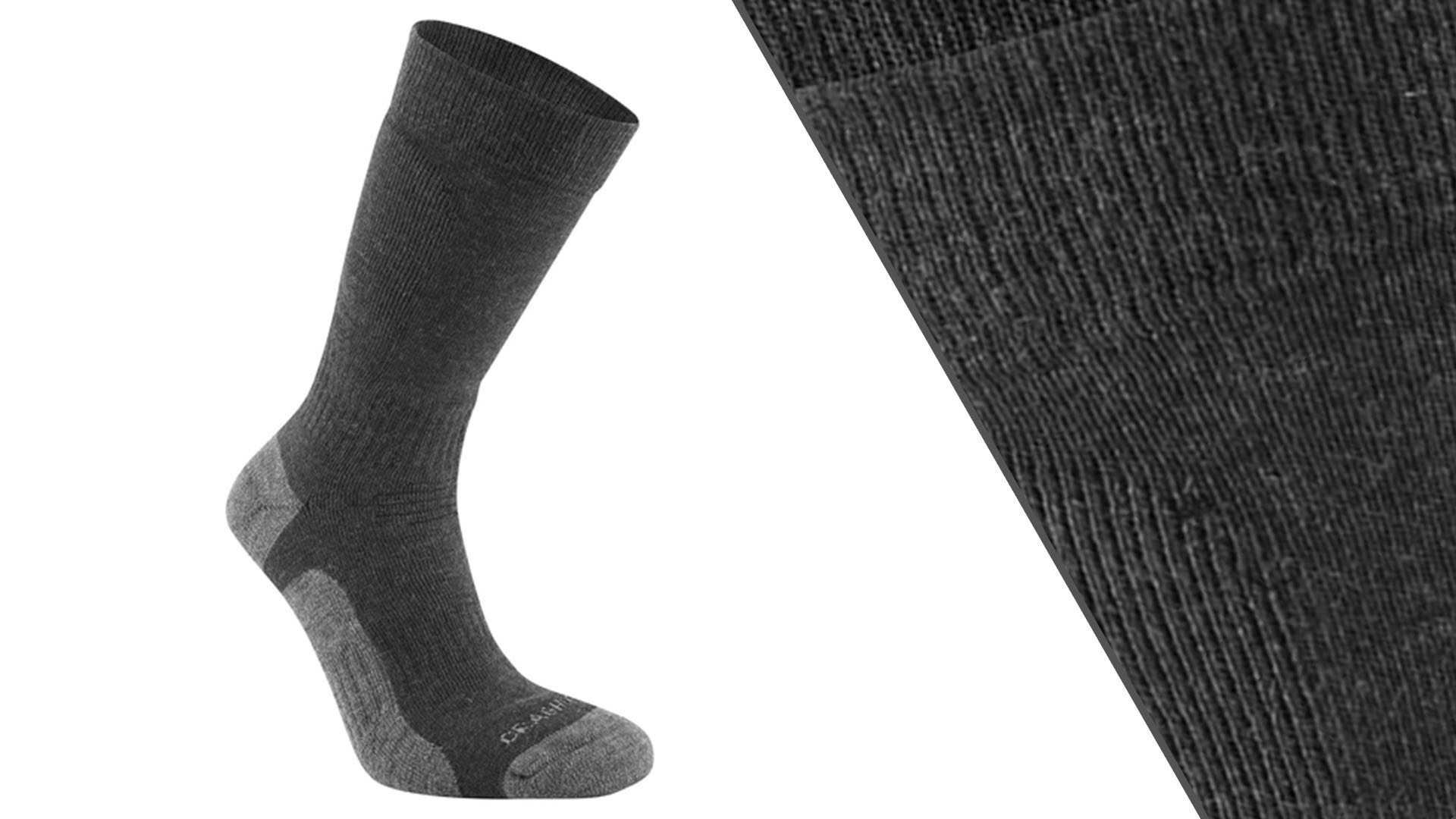 Price: £13
Price: £13